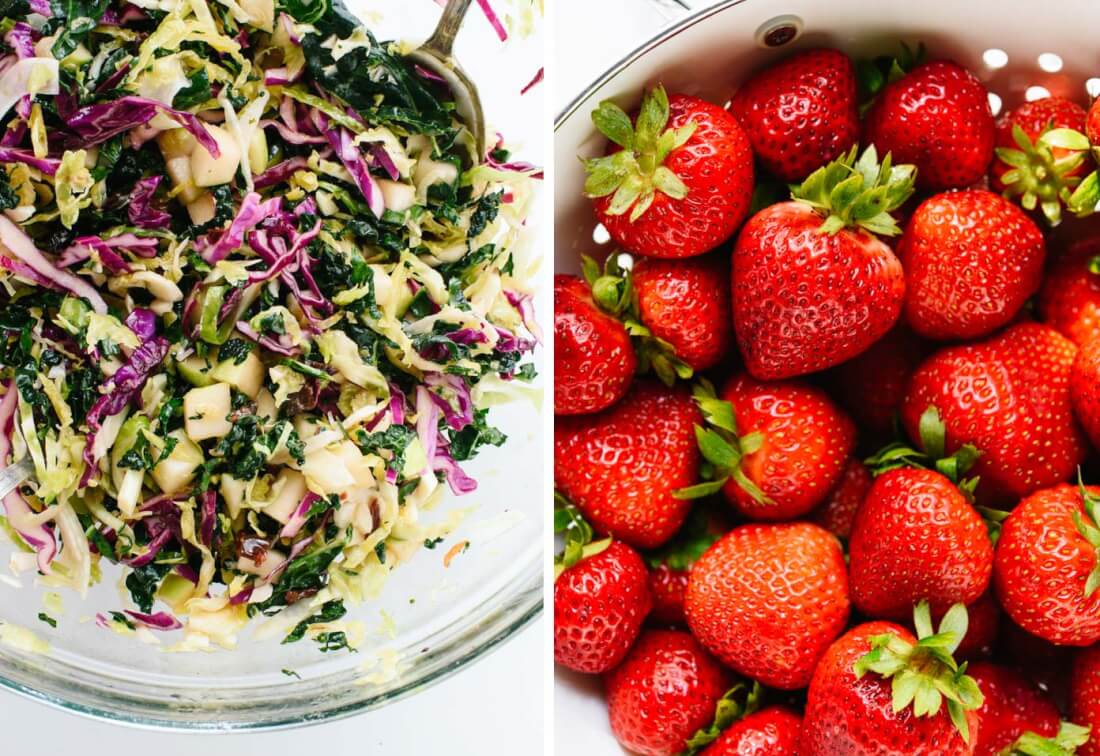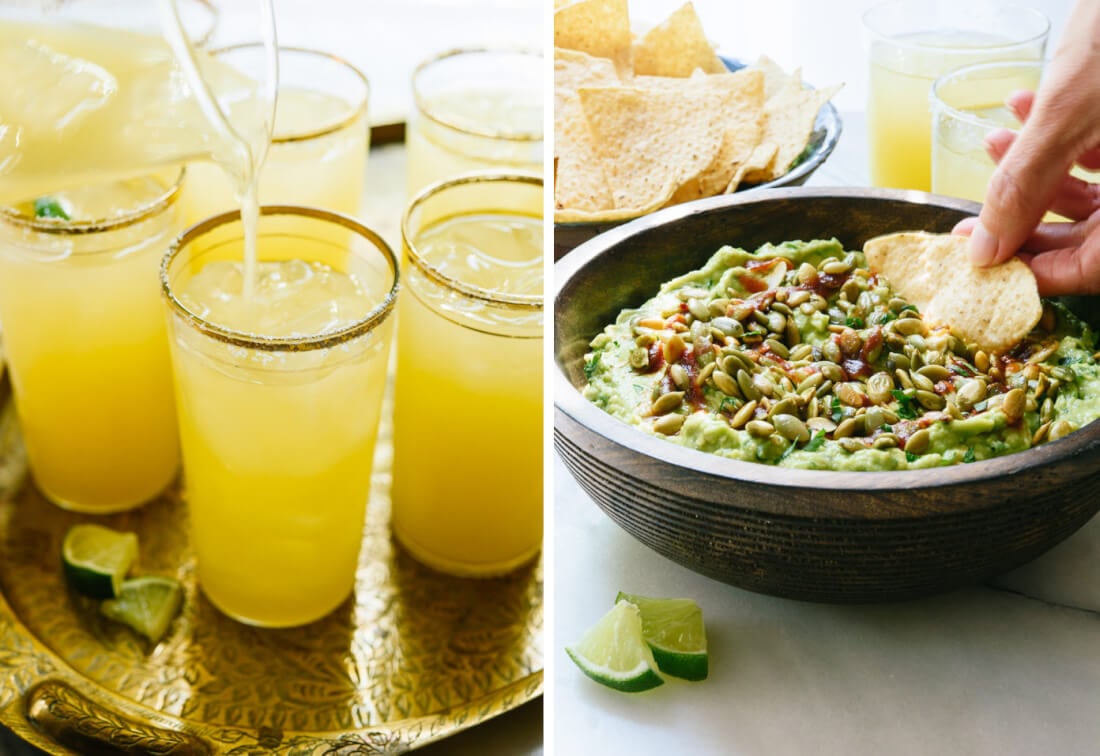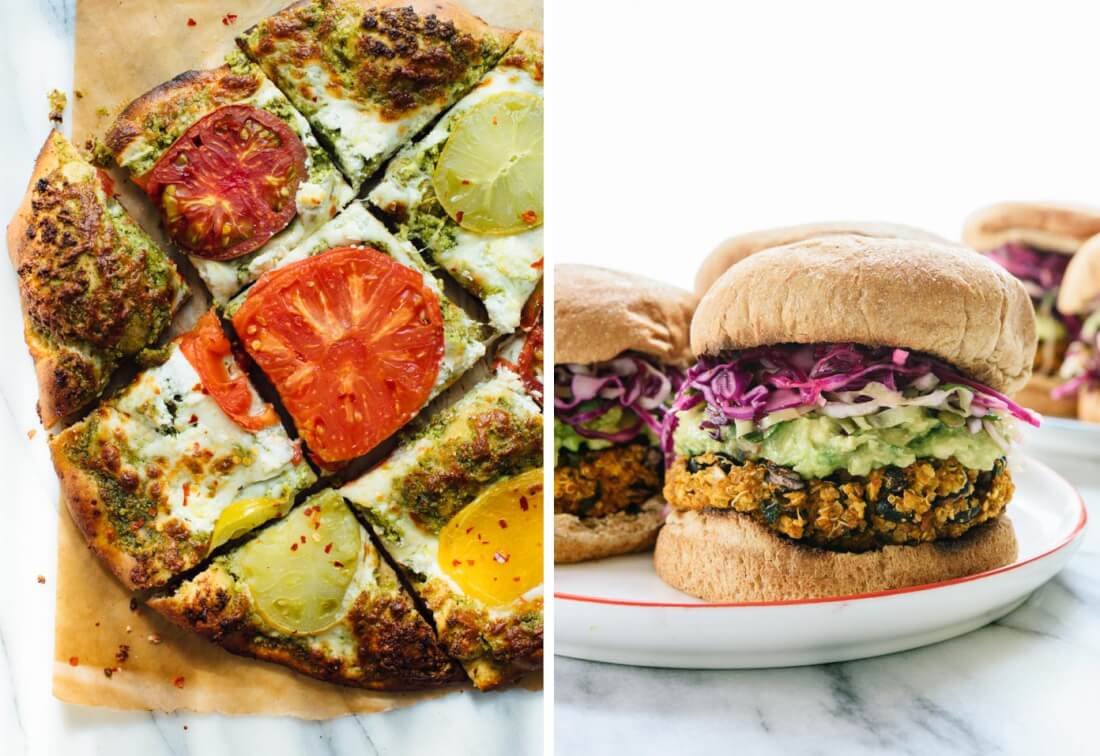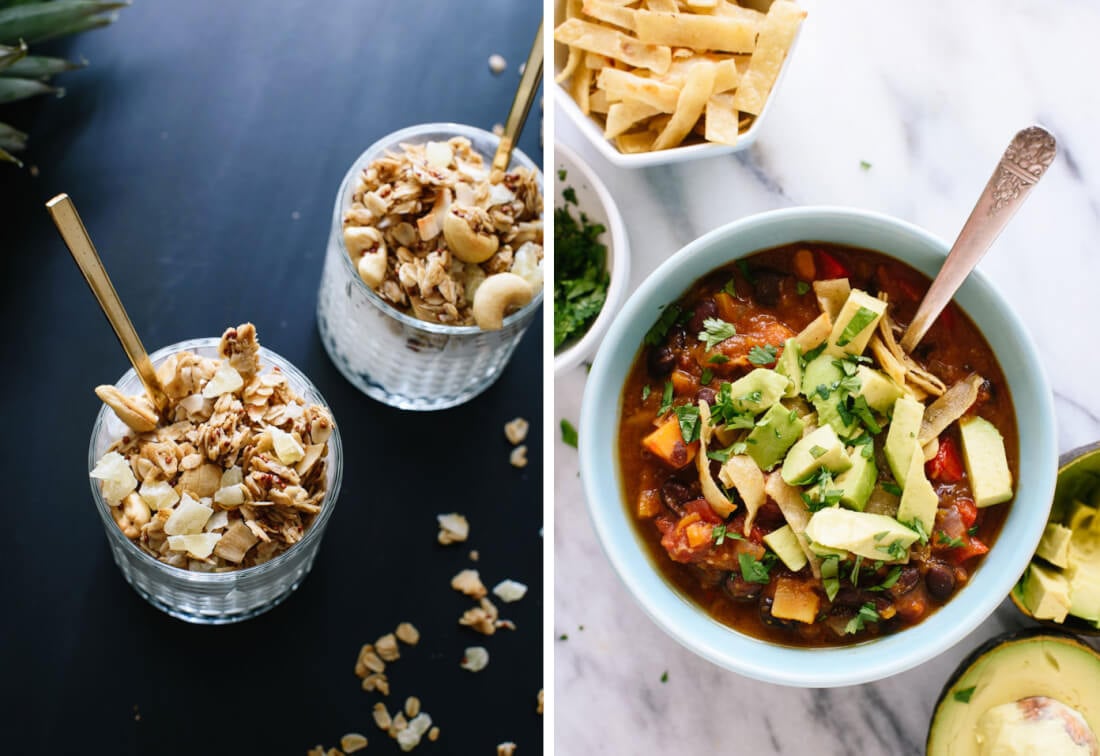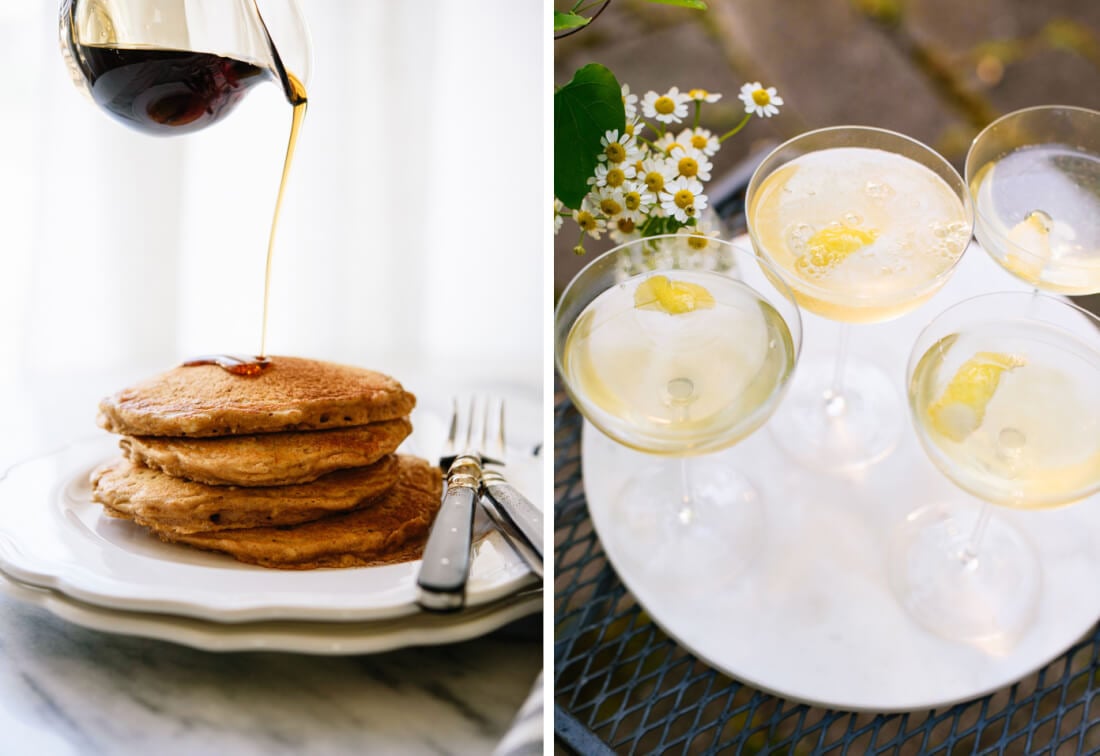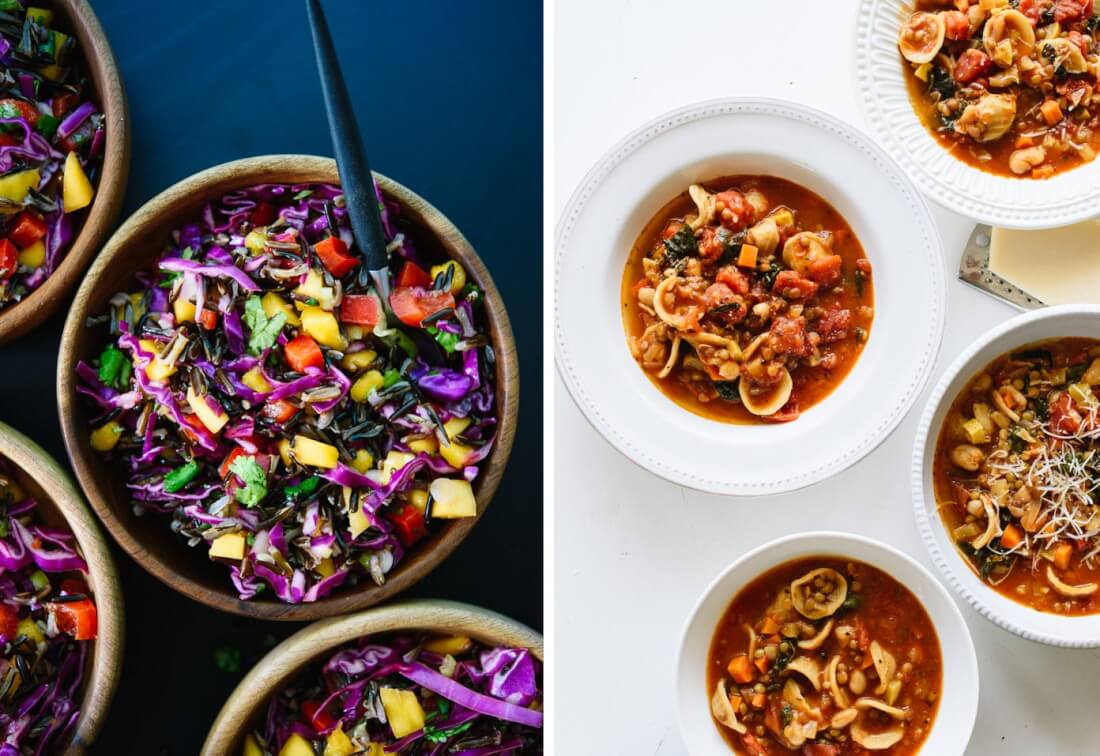I’m writing today because there are only two more days until my cookbook, Love Real Food, hits the stores and your mailboxes. I can’t wait! Since you seemed to love reading about the recipe development process for the cookbook last week, I wanted to offer the visual effects that I use in my food photos today. I’m using examples from the book so you’ll get some sneak peeks at the recipes, too. (For details about my photography equipment and more, check here.) You can use these visual effects to your advantage whether you’re snapping pictures with your phone or shooting with a fancy camera. I’d love to see you put them to work. When you get your book, please share your snaps of the recipes in Love Real Food on Instagram with the hashtag #LoveRealFood. I’ll be sharing some of my favorites soon!
Abstract
The textures, colors and shapes in food can be so beautiful on their own. In those cases, I like to keep the backgrounds simple and neutral, and get up-close to the food so it steals the show. The trick here is not to get so close that you can’t tell what the food is—unless you’re going for a more Jackson Pollock-style image than food photo.
Action
Action shots bring photos to life and help viewers imagine making or eating the recipes themselves. You can use shutter speed to manipulate the amount of blur present in the action, depending on the desired effect. Sometimes you want to capture a crystal-sharp drop or pour, but you can strategically use blur to imply motion like you see in the photos above.
Angles
Some foods lend themselves to certain angles. For example, it makes more sense to photograph pizza from above (it will disappear if you take it from the side), and more sense to photograph a burger from the side (so you can see all the layers, not just the top of the bun). There’s not always a right answer, though, and it’s fun to play around with visual effects at various angles.
Crumbs & Garnishes
Using crumbs and garnishes is an easy way to add visual interest to your photos. You want to use enough that it doesn’t look like you just missed a random crumb, but not so much that it distracts from the focal point. In the granola photo, I scattered some granola in the lower right corner to draw the eye to the cups.
Layers
Another way to add interest is by incorporating layers or repetitive shapes in the background, whether that’s with plates or bowls, tea towels or tables. The layers can be particularly interesting when they repeat the shapes found elsewhere in the photo. Can you see how the round shapes reinforce each other in the above photos?
Repetition
One of the easiest ways to make a food photo more interesting is to use multiple bowls or plates, instead of just one. They don’t necessarily need to match, as long as they are of a similar scale. It’s easier to make sure the food is in focus if it comes to about the same height in each vessel.
Setting
You can strategically use the background or setting to tell a story about your food. This can be particularly helpful when the food isn’t very interesting on its own, like oatmeal and granola bites. Just keep in mind that if an element doesn’t add to your photo, it detracts, so keeping it simple usually works best. For more information about Love Real Food, click here.


